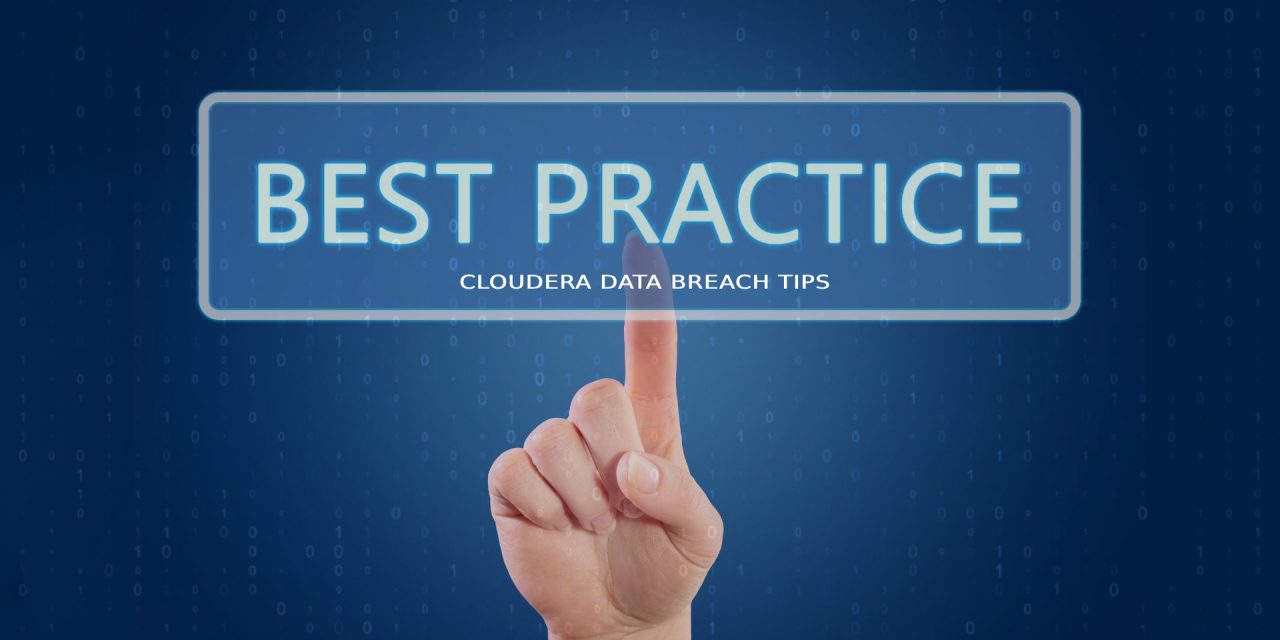The following tips on cyber hygiene and crisis communications best practices should be on every organization’s battle and defense-strategy books
On 2 June 2024, the owner of Ticketmaster, Live Nation Entertainment confirmed that the personal details of 560m of its customers have been stolen by hackers.
The stolen data includes personally identifiable data such as names, addresses, phone numbers and partial credit card details from customers worldwide. The information was put on sale for US$500,000 on the Dark Web, and lawsuits by the US Justice Department and potential customers around the world, are being filed against the firm for negligence.
Additionally, according to a USA Today report, the two firms had not been forthcoming with details to the plaintiffs filing for damages.
In view of this, Remus Lim, Senior Vice President, Cloudera APJ, is reminding businesses to not wait until the next high profile data global breach incident before stepping-up vigilance. He suggested four basic macro-level strategies from his team of experts that can strengthen organizational data security:
1. Prioritize security and governance: This allows firms to harness data effectively within a security-first framework. By integrating AI into threat intelligence, organizations will be able to quickly detect unusual behavior that may indicate a compromised account, and react quickly to restrict access to sensitive data and systems. This allows them to balance the need to provide timely access to data services while defending against potential breaches.
2. Implement a Zero Trust approach: This approach is key to enhancing corporate security posture, yet frees the data for effective sharing on a need-to basis within the organization. This is the balancing act of security and is a win-win. Another integral principle of Zero Trust is providing explicit verification via multi-factor authentication to ensure no inherent trust is given to any one user for optimal security maturity.
3. Invest in a modern data platform: Not all cloud services are created equal. Invest in those that deploy a Platform as a Service data and analytical approach to data management and security on the Cloud. Organizations should ensure that their customer data is always within their own control, and never mixed in with the data of the vendor’s other clients. With a focus on application security, data protection and access control, tight data security on the cloud lessens the risk of a data breach (from a single point of access).
4. Educate employees on cyber hygiene best practices: Security risks and threats can also come from within the organization, such as employees and trusted insiders. For example, data breaches can occur through insider threats (with cooperation from someone within the organization) or unintentional breaches as a result of social engineering. As more organizations seek to democratize their data’s access to business users, employees must be well-trained with proper resources to handle the increasingly complex threats targeting today’s businesses. Finally, as hackers are becoming increasingly sophisticated with AI, safeguarding sensitive customer information should be every organization’s priority. Today’s businesses need to proactively implement data governance strategies in order to build a robust defence and stay one step ahead of threat actors, Lim noted.
Noting the slow response of Ticketmaster and Live Nation to legal notices and related ramifications, here are some public relations and corporate communication tips for handling a data breach crisis:
- Act quickly: Promptly acknowledge the breach once discovered. Delays can erode trust and worsen the impact.
- Be highly transparent: Detail what data was compromised, how it happened, and what steps are being taken to mitigate the damage. Transparency builds trust with affected individuals and the public.
- Be empathetic: Recognize the concerns and potential harm caused to individuals affected by the breach. Express genuine actionable concern and demonstrate practical empathy for those impacted.
- Provide guidance: Offer clear guidance to affected individuals on steps they can take to protect themselves in the short and longer term.
- Designate a spokesperson: Assign a spokesperson who is knowledgeable about the breach and its implications. This person should be accessible to the media and capable of effectively communicating the firm’s responses in public and in private.
- Coordinate internally: Have a crisis communications playbook to ensure clear crisis communication and coordination within your organization. All departments should be aligned in their response efforts to maintain consistency in messaging.
- Engage with regulators: Work closely with regulatory authorities and law enforcement agencies. Cooperation demonstrates a commitment to compliance and accountability.
- Offer support: Provide support services such as credit monitoring or identity theft protection to affected individuals, demonstrating a commitment to their well-being beyond mere compliance.
- Update all stakeholders regularly: Keep affected individuals, stakeholders, and the public informed with regular updates on the progress of the investigation and any additional findings.
- Conduct open investigations: A thorough post-mortem analysis of the breach response is imperative to identify areas for improvement. Use the lessons learned to strengthen cybersecurity measures and crisis communication protocols for the future.

















